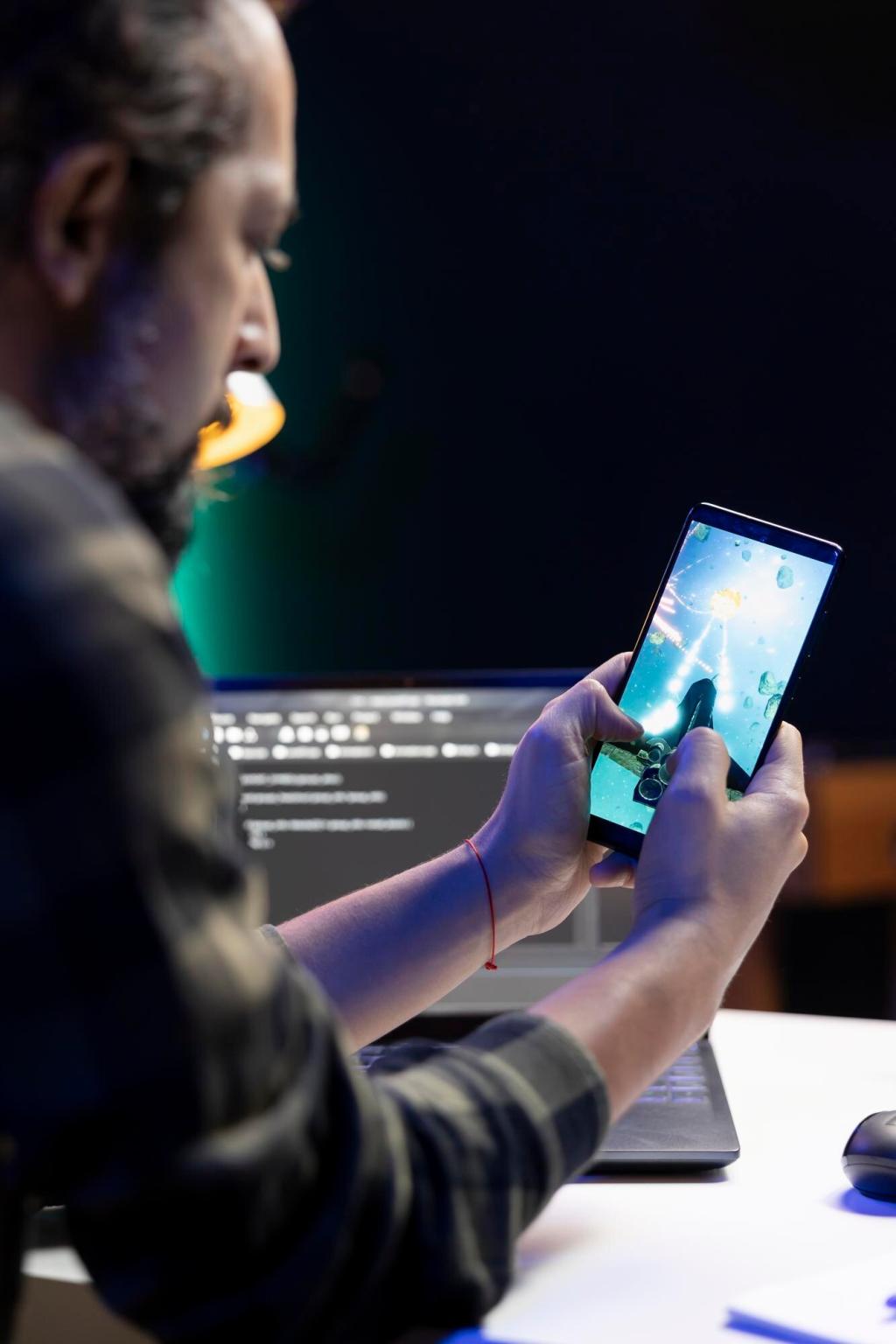Chosen Theme: Challenges in Mobile App Testing Frameworks
Fragmentation: Devices, OS Versions, and Manufacturer Skins
When dozens of devices multiply across OS versions and vendor skins, test matrices explode. Prioritize by market share, crash history, and feature risk. Share your prioritization rules with the team and revisit quarterly to reflect real user data.
Fragmentation: Devices, OS Versions, and Manufacturer Skins
Emulators accelerate iteration, but real devices uncover thermal throttling, inconsistent sensors, and OEM idiosyncrasies. Blend both: fast checks on emulators, confidence checks on real hardware. Comment with your favorite device lab setups and how you balance cost with coverage.





Setting Up Reliable Test Environments and CI/CD Pipelines
Every run should start from a known state: cleared app data, migrated schemas, and seeded accounts. Snapshot test data and reset it transactionally. Comment with your favorite seeding strategy and how you keep environments drift-free across branches.
Setting Up Reliable Test Environments and CI/CD Pipelines
Speed depends on parallelism. Shard suites by runtime and risk. Use device farms with consistent images, pinned OS builds, and preloaded dependencies. How do you split suites for the fastest feedback without starving critical checks? Share your sharding recipe.
Performance, Resource Limits, and Test Stability
Simulate low battery, background limits, and thermal throttling to mirror real conditions. Many failures only appear when devices are hot or power-constrained. Which tools do you use for throttling scenarios, and how did they change your performance gates?
Permissions, Sensors, and Platform-Specific Quirks

Mocking Location, Camera, and Biometrics
Use framework-supported mocks for GPS, camera, and biometrics, isolating flows from unpredictable hardware. Keep mocks configurable for edge cases. Which mocking approach has given you both realism and reliability in your most complex scenarios?

Divergent Permission Flows on iOS and Android
Permission prompts vary by OS version and vendor overlays. Centralize prompt handling and expose utilities to assert granted, denied, or limited states. Share your cross-platform utilities for aligning assertions across radically different permission UX.

Background Limits, Doze, and Foreground Services
Background execution rules shift constantly. Tests must assert behavior under doze, app standby, and foreground service constraints. Tell us how you simulate background transitions reliably and which framework APIs save you from timing nightmares.
Network Conditions, Test Data, and State Management

Throttle bandwidth, inject latency, and drop packets to validate resilient UX. Assert graceful degradation and clear retries. Comment with your favorite network shaping tool and the most revealing scenario you now run on every pull request.
Secrets Management in CI
Rotate tokens, scope permissions, and block secrets from logs. Validate that test artifacts never store keys. What policy or tool saved your team from an accidental credential leak during automated runs?
PII Masking and Synthetic Datasets
Use synthetic or anonymized data for tests, and mask PII in screenshots and videos. Automate checks for sensitive strings. Tell us how you balance realistic scenarios with strict privacy requirements across staging and local environments.
Anecdote: Screenshot Redaction Saves the Day
A regression suite once captured a user’s email in failure screenshots. Automated redaction caught it before upload. Since then, redaction is mandatory. What’s your policy for visual artifacts, and how do you verify it never slips?
